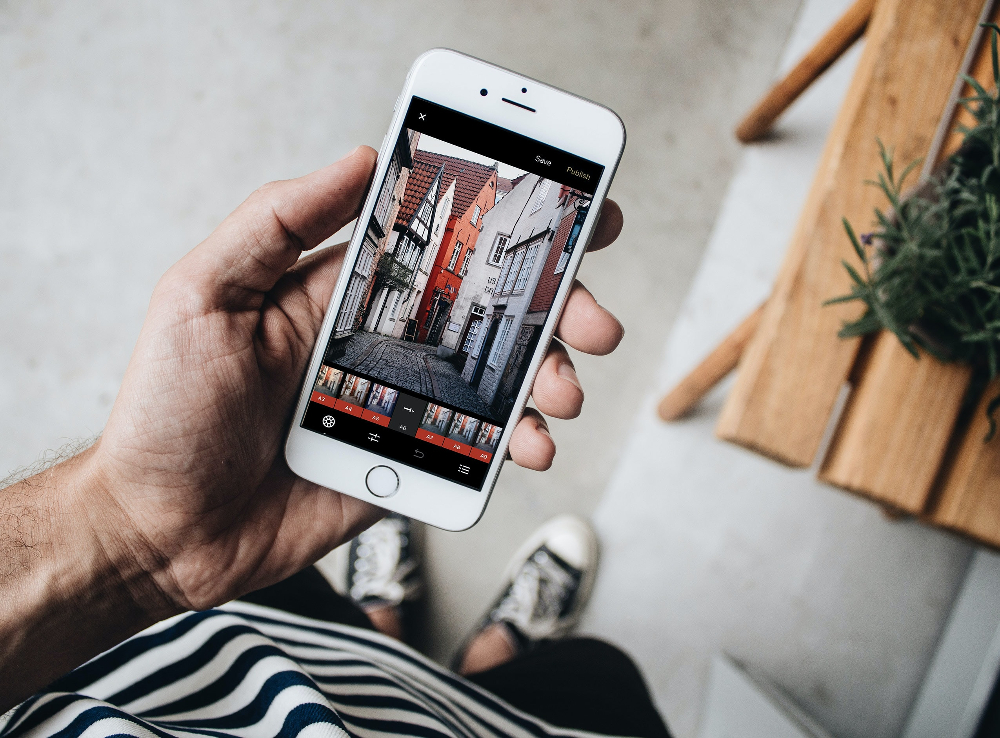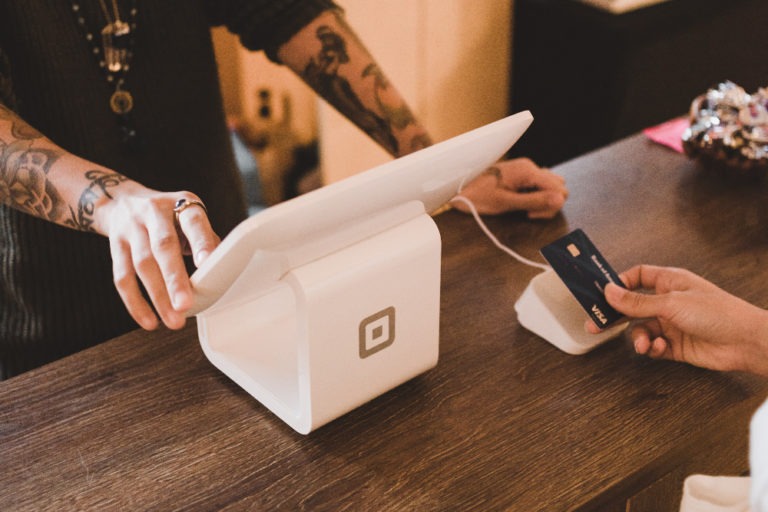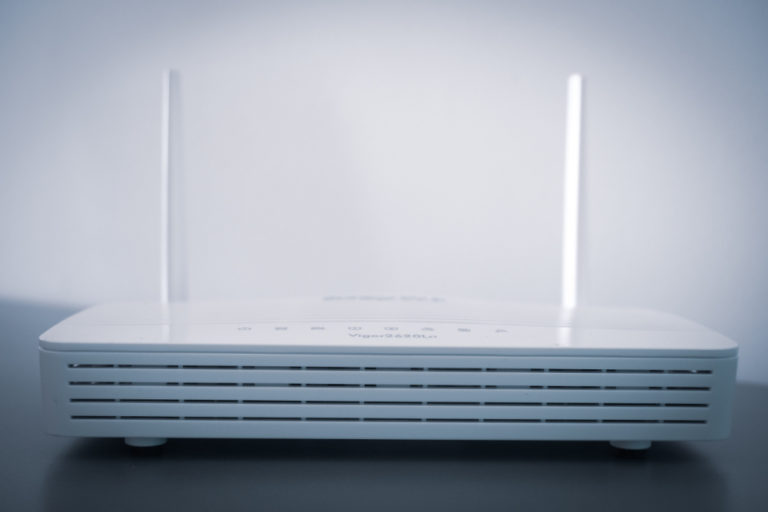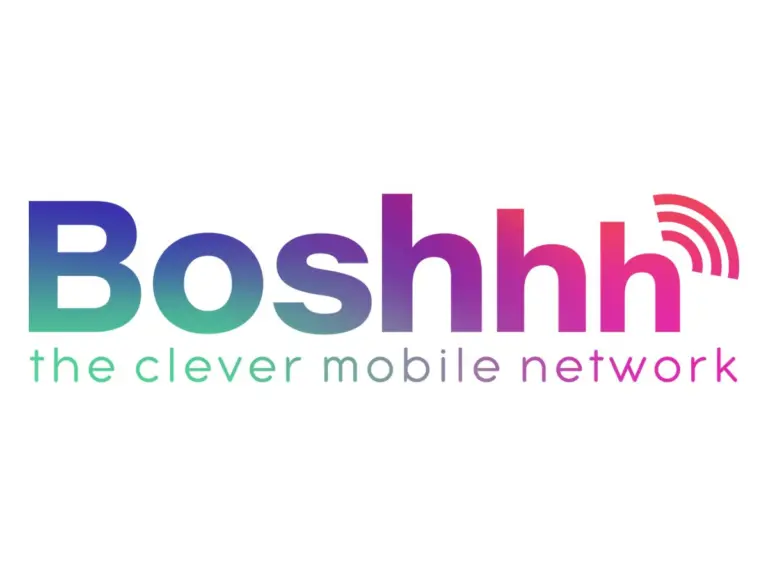Use double porting for the best mobile phone deal – here’s how
Money Talk is intended to inform and educate; it's not financial advice. Affiliate links, including from Amazon, are used to help fund the site. If you make a purchase via a link marked with an *, Money Talk might receive a commission at no cost to you. Find out more here.
Whether it’s collecting air miles from a flight or points on your Tesco Club Card, being loyal to a brand can often pay off.
Except, it seems, when it comes to anything related to communications.
Broadband internet is the most obvious example of this.
There are always great deals on the market but as a loyal customer, you’re rarely offered them. Instead, you get endless letters telling you prices are going up.
Unless, that is, you call up and threaten to leave. Then, suddenly, they can’t do enough for you.
The same is true for mobile phone contracts. Only here, it’s much easier to leave once you’re out of contract.
Occasionally though, something called double porting might come in handy if you want to secure the best deal.
Is your upgrade actually a good deal?
Let me set the scene here.
A couple of months ago I was buying a new phone. I had a specific model in mind, and had been keeping an eye on prices for a while.
So when I spotted a deal on Carphone Warehouse*, I knew it was the right time to buy.
Because it was such an expensive handset, getting it on contract actually ended up being better value than buying it sim-free, as I had originally intended.
I was paying marginally more (about £3 a month) but was getting way more data and a free laptop as part of the deal; I don’t really need the extra data but the laptop will certainly come handy at some point.
The cheapest deal I spotted was actually on my existing network – ID Mobile*, which I’d highly recommend for travelling – so I decided to check whether I could get the same deal by simply upgrading.
It would be much simpler and, as I was still in contract (on one of their £5/month sim-only deals*), potentially cheaper.
Well, it turned out the same deal was available as an upgrade but I would have to pay an upfront fee on top.
But if I bought the Carphone Warehouse deal, I’d be able to score a decent reward through TopCashback* – one that more than covered the early cancellation penalty.
So I went with Carphone Warehouse (who by the way owns ID Mobile).
You can’t port your number to your existing network
I figured I could just port over my existing number once I had everything set up. Turns out, that’s something that ID Mobile doesn’t allow.
It meant that I would either have to lose my old number (which I use for work), or I’d have to suck up the extra expense that comes with upgrading.
I wasn’t up for either of those.
Fortunately there’s a secret option number three: double porting.
How double porting works
Double porting is basically where you port out your existing number to a new network and then port back again.
Hurrah! I get to keep my number, and my great deal.
I imagine mobile networks aren’t too enamoured with this sneaky move but there’s nothing to stop me, or indeed you.
It’s also pretty straightforward to do, although it does take a couple of days.
In my case, I ordered a free sim from Three* – but it can be from any network that offers free sims.
Once that arrived, I requested the Porting Authorisation Code (PAC) from ID Mobile and initiated the transfer.
I was told a date when the porting would happen, and the process was completed by the end of that day.
Once my number was successfully ported to Three, I requested a PAC from Three and initiated the transfer back to ID Mobile, to my new contract.
I had to wait for a day before making the second transfer request as my previous PAC was still active.
All in, it took about a week before my number was switched over to my new contract.
And happily, I’m already spending the cashback I got for taking out the new contract.
A couple of takeaways
This is quite a roundabout way of covering double porting but that’s because there are a couple of takeaways.
The first is that the best way to spot a deal is to track prices.
I had been keeping tabs on that specific handset for a couple of months before taking the plunge.
Sometimes great deals don’t come back – but with electronics, they often do, so take your time.
This is especially worth bearing in mind with Black Friday sales coming up.
Second, think about whether you’re getting what you need or if you’re actually being upsold.
Mobile phone contracts can be incredibly generous with data, minutes and texts but there’s no use paying the extra expense if you’re never actually going to use it.
So, is there some additional value that comes from going for the more expensive contract?
And finally, it’s always worth double checking whether your deal is actually a deal or if it’s available cheaper elsewhere.
But make sure you look at the whole picture.
If I had gone for a straightforward upgrade, I wouldn’t have saved much money because of the upfront fee.
By going through Carphone Warehouse, even though I had to pay an early exit fee, it was well worth it because the cashback I got more than covered it.
Pin this for later







